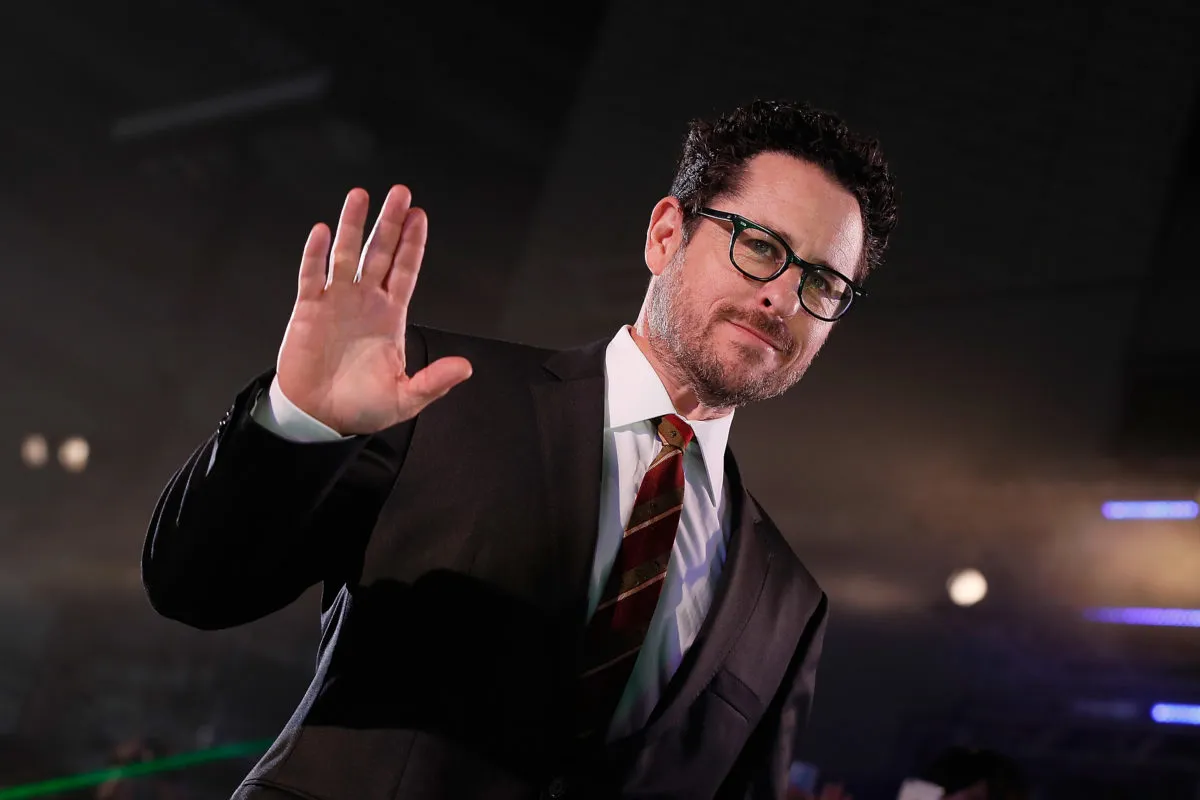As we look ahead to J.J. Abrams’ next installment in the Star Wars universe, there are a lot of exciting questions that come up. Despite Abrams’ run as one of the most prolific directors (and writers and producers) working today, and all of the giant projects he’s launched over the years, he’s rarely around when those projects end. When we think of Abrams, we often think about his penchant for big mysteries, a la Lost. But he only directed the pilot episode of that show, and by the end of the run, he had no involvement whatsoever. Abrams is great at launching big ideas (Lost, Cloverfield, The Force Awakens) and setting a path for others to build on his beginnings. But can he land an ending?
With Episode IX, he’ll be back to wrap up a giant arc of a story, and one that he himself started. So it’s pretty exciting to speculate over what that might look like, since we don’t have much precedent to go on. That’s the question behind this video essay from YouTuber Patrick Willems. For answers, Willems turns to one of the only long-running stories Abrams has seen to its end: Felicity. Some may forget that Abrams created the late-’90s/early-aughts Keri Russell show, but despite the lack of supernatural elements (okay, there actually was some time-travel) and lens flares, it’s actually classic Abrams.
Ultimately, pretty much all of Abrams’ stories break down into classic Hero’s Journey outlines. They all start with a hero (or in Abrams’ case usually, heroine) torn between two paths, and thrust into unfamiliar territory. Sure, for Rey, her path involves saving the galaxy, and in Alias, Sydney Bristow is saving the country, but Felicity doesn’t fit the mold any less (and her choices are no less important to her personally) just because her crossroads involve college majors and love interests.
So beyond Abrams’ love of emotional crossroads and father issues, what did Willems learn from watching 84 episodes of Felicity? (Spoilers for Felicity ahead, if you’re 16 years behind on that.) This is the only long-reaching project Abrams has actually finished, so for a man known for launching big ideas, what can this show tell us about how he ends them? Basically, Felicity ends in typical Hero’s Journey fashion: Our hero returns home, fundamentally changed. Pretty much all of Abrams’ projects end with the protagonist surrounded by a found family of friends because, yes, “Maybe the real J.J. Abrams was the friends we made along the way.”
So when Felicity–who, at the start of the series, impulsively abandoned her predetermined path of studying pre-med at Stanford in favor of following her crush to New York to study art–returns to California at the end of the series to start on that pre-med path she cast aside years earlier, it’s because she wants to, not because it’s the life laid out for her by her parents. She’s now infinitely more self-assured and more in tune with herself, with the power of her friendships making her a stronger person than she ever was before. Willems argues that that ending is an indication that Abrams doesn’t really know what he wants to say, or what his ultimate message is, but I disagree.
To have this character return to her roots, but as a proactive, fully autonomous woman who has found her chosen family along the way, is a classically strong ending. It’s so by-the-book as the standard Hero’s Journey conclusion that you could argue that it’s too simplistic or obvious, but I don’t think its lack of a message is the problem. And it’s a likely option for how he’ll choose to end Rey’s story. If Rey returns to her origins (maybe not by physically returning to Jakku, but symbolically, in accepting who she’s always been), now with her found family of friends filling the void left by the absence of her parents—isn’t that a statement to be made?
All I definitely don’t want from Episode IX is a time-travel plotline allowing Rey to see what her story could have been, had she followed the other path. As far as weak cop-outs go, that’s barely a step up from “It was all a dream.”
(H/T /Film, image: Ken Ishii/Getty Images for Paramount Pictures)
Want more stories like this? Become a subscriber and support the site!
—The Mary Sue has a strict comment policy that forbids, but is not limited to, personal insults toward anyone, hate speech, and trolling.—










Published: Mar 21, 2018 02:03 pm